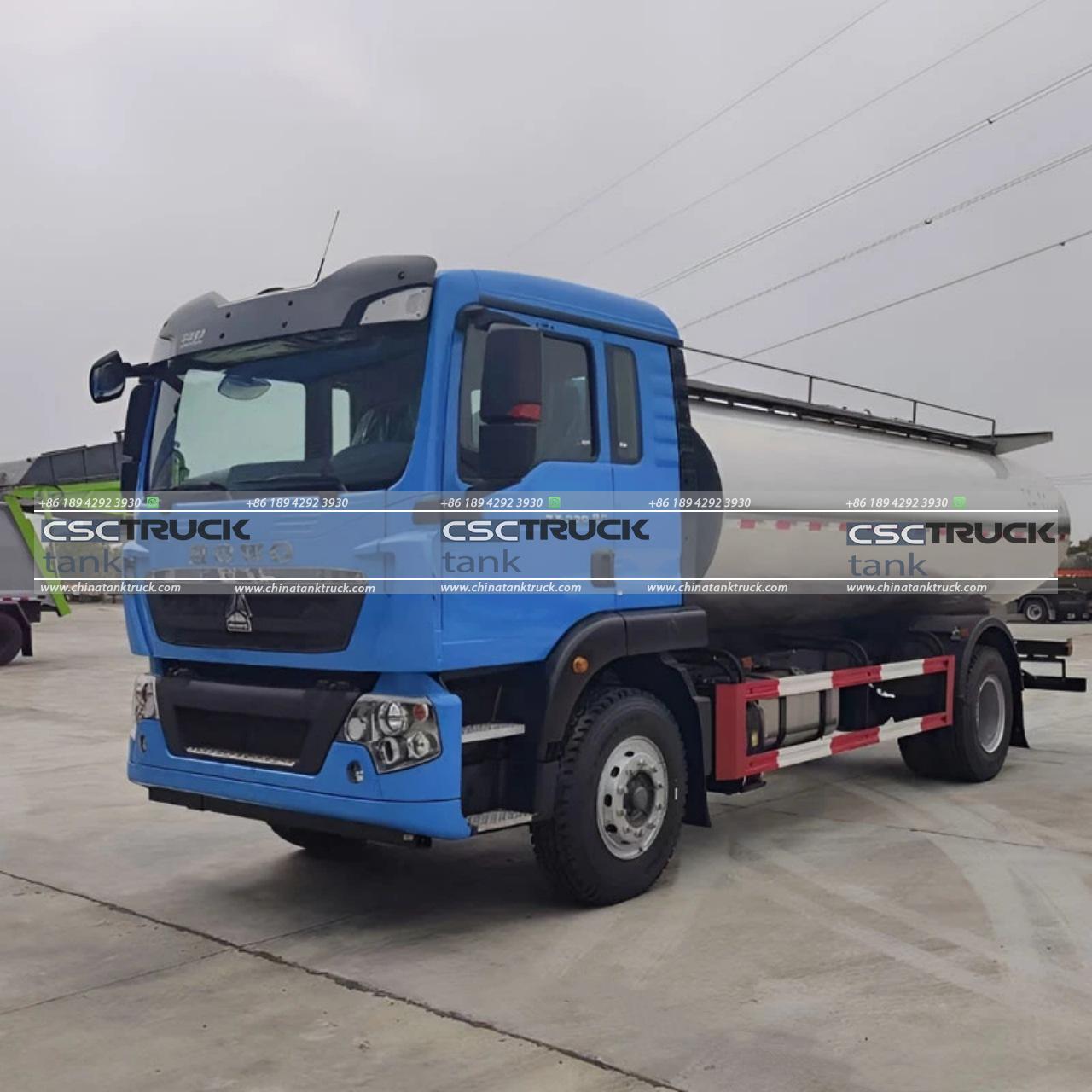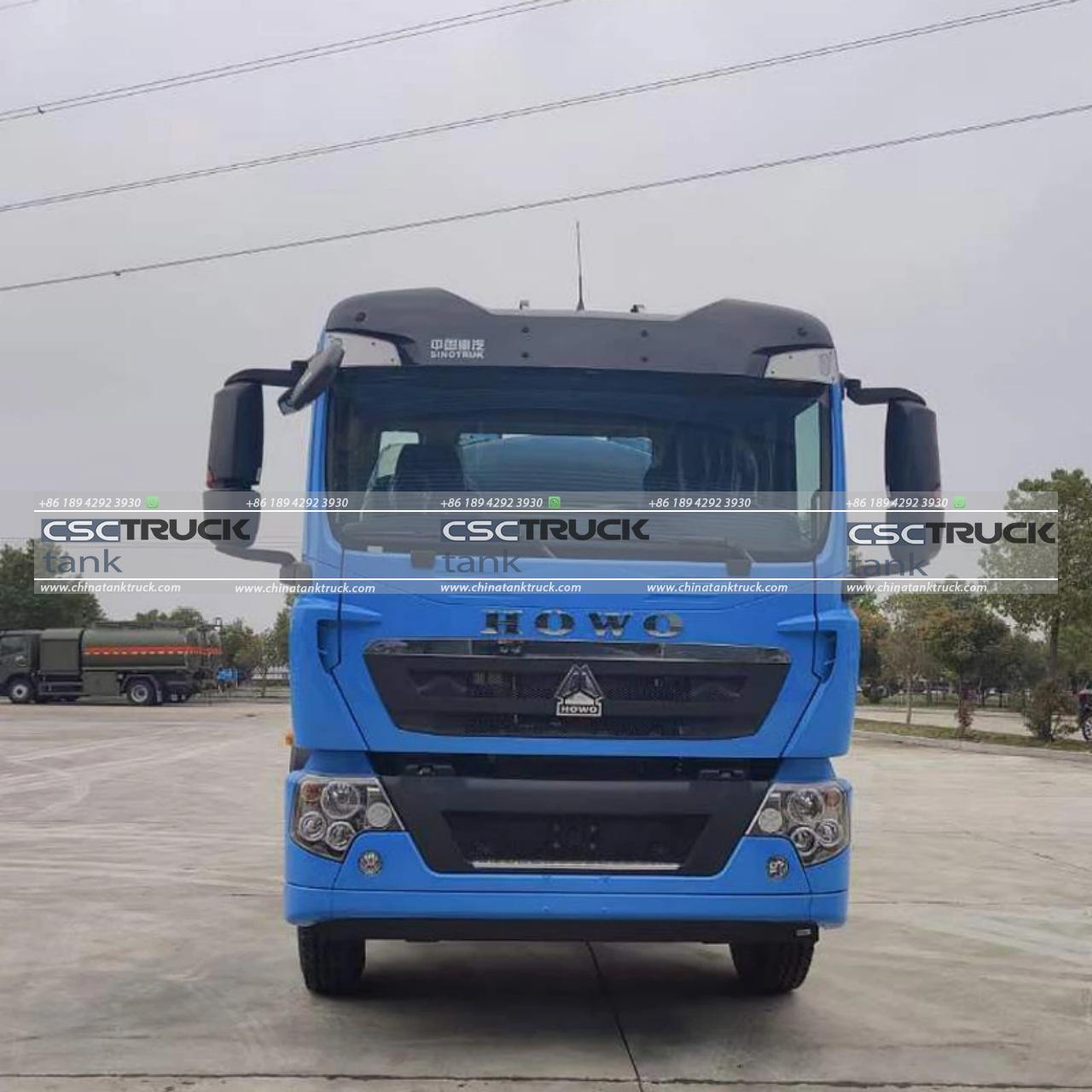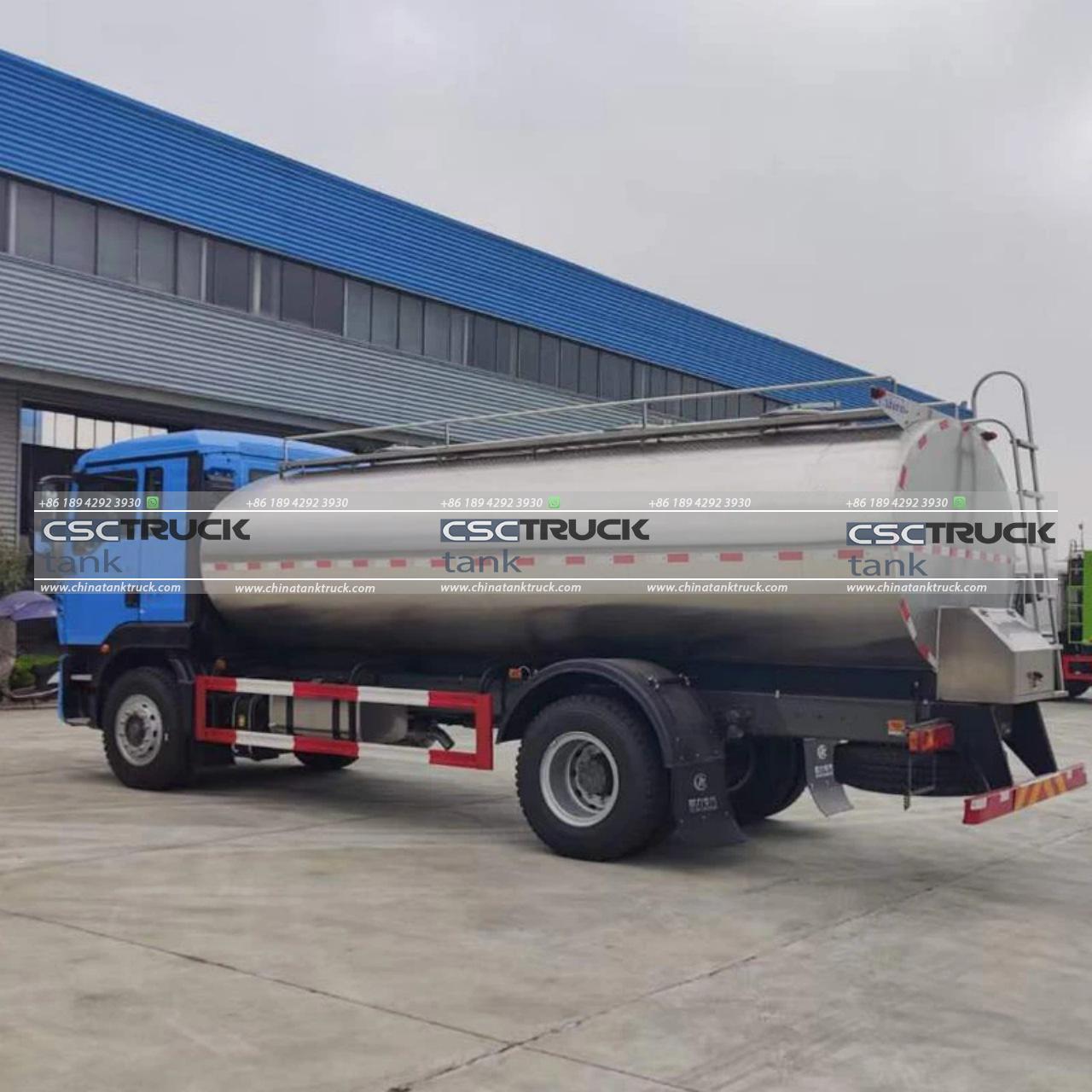What Was a Milk Truck Used For?
Milk trucks, a quintessential symbol of mid-20th century America, represent more than just a mode of transportation; they embody a unique slice of social and economic history. These vehicles, with their distinctive designs and purposeful functions, played a vital role in the dairy industry and daily life in communities across the United States and beyond. To fully appreciate the significance of milk trucks, we need to delve into their history, functionality, and impact on society.
The Rise of the Milk Truck
The origins of the milk tank truck can be traced back to the late 19th and early 20th centuries, a period marked by rapid industrialization and urbanization. Before the advent of milk trucks, dairy delivery was largely a local affair. Farmers would bring their milk to town in large cans or barrels, which were then distributed to homes and businesses by hand or using horse-drawn wagons. This process, while functional, was labor-intensive and limited in scope.
As cities grew and the demand for fresh milk increased, dairy producers sought more efficient ways to distribute their products. The introduction of motorized vehicles revolutionized this process. Early milk trucks, which began appearing in the 1910s and 1920s, were essentially modified delivery trucks equipped with insulated compartments to keep the milk cool and fresh during transit.

Design and Features
Milk trucks were designed with several specific features to cater to their primary function: delivering milk. These vehicles were typically equipped with large, insulated compartments, often made of stainless steel or aluminum, to maintain the milk’s temperature. This insulation was crucial for ensuring that the milk stayed fresh and safe for consumption.
The layout of the milk truck was also tailored to its delivery role. Many milk trucks had a partitioned design, with separate compartments for different types of milk products, such as whole milk, skim milk, and cream. Some trucks even had built-in refrigeration units, a technology that became more common in the mid-20th century, to keep the milk at an optimal temperature.
The exterior of the milk truck was often emblazoned with the name and logo of the dairy company, serving both as advertising and a means of quickly identifying the vehicle. The trucks were usually painted in bright, eye-catching colors, often featuring images of cows or dairy products. This helped them stand out on the road and attract attention from potential customers.
The Role of Milk Trucks in Daily Life
Milk trucks were more than just delivery vehicles; they were a fixture of daily life for many people. The arrival of the milk truck was often a highly anticipated event in residential neighborhoods. Milkmen, the individuals who drove these trucks, were well-known and well-liked figures in their communities. They built personal relationships with their customers, delivering not only milk but also a sense of reliability and trust.
In many neighborhoods, the milkman would deliver fresh milk directly to homes, placing bottles in a designated spot, such as a milk box or doorstep. This service was especially valuable in an era before widespread refrigeration in homes, as it ensured that families received fresh milk regularly without having to make frequent trips to the store.
The convenience of home delivery extended beyond milk. Many milk trucks also carried other dairy products, such as butter, cheese, and yogurt, and some even offered baked goods and eggs. This one-stop shopping convenience was a significant benefit for families, especially those with busy schedules or limited access to local stores.

The Decline and Evolution of Milk Trucks
The milk truck era began to wane in the latter half of the 20th century. Several factors contributed to this decline. The widespread adoption of home refrigerators and freezers meant that people could store milk and other perishables for longer periods, reducing the need for daily deliveries. Additionally, the growth of supermarket chains provided a more convenient and cost-effective way for people to purchase dairy products and other groceries.
As a result, many dairy companies shifted their focus from home delivery to retail distribution. The iconic milk truck, once a staple of suburban and urban life, became less common. However, the legacy of the milk truck endures. In some regions, home delivery services have made a comeback, catering to a niche market of consumers who value the convenience and quality of direct-from-dairy products.
Cultural Impact and Nostalgia
The milk truck has left an indelible mark on popular culture and collective memory. It evokes a sense of nostalgia for a simpler time when life moved at a slower pace and local businesses played a central role in communities. Television shows, movies, and books often reference the milk truck as a symbol of traditional values and a bygone era.
In recent years, there has been a resurgence of interest in vintage milk trucks, with some being restored and repurposed for modern uses, such as mobile cafes or artisanal food trucks. This revival is a testament to the enduring appeal of the milk truck and its place in our cultural consciousness.

Conclusion
The milk truck was much more than just a vehicle; it was a vital link between dairy producers and consumers, a fixture of daily life, and a symbol of community and convenience. Its unique design and functionality address the needs of a growing and changing society, making fresh milk more accessible and reliable. While the milk truck may not be as prevalent today as it once was, its legacy continues to be celebrated and remembered, reflecting the impact it had on the lives of countless individuals and communities.

